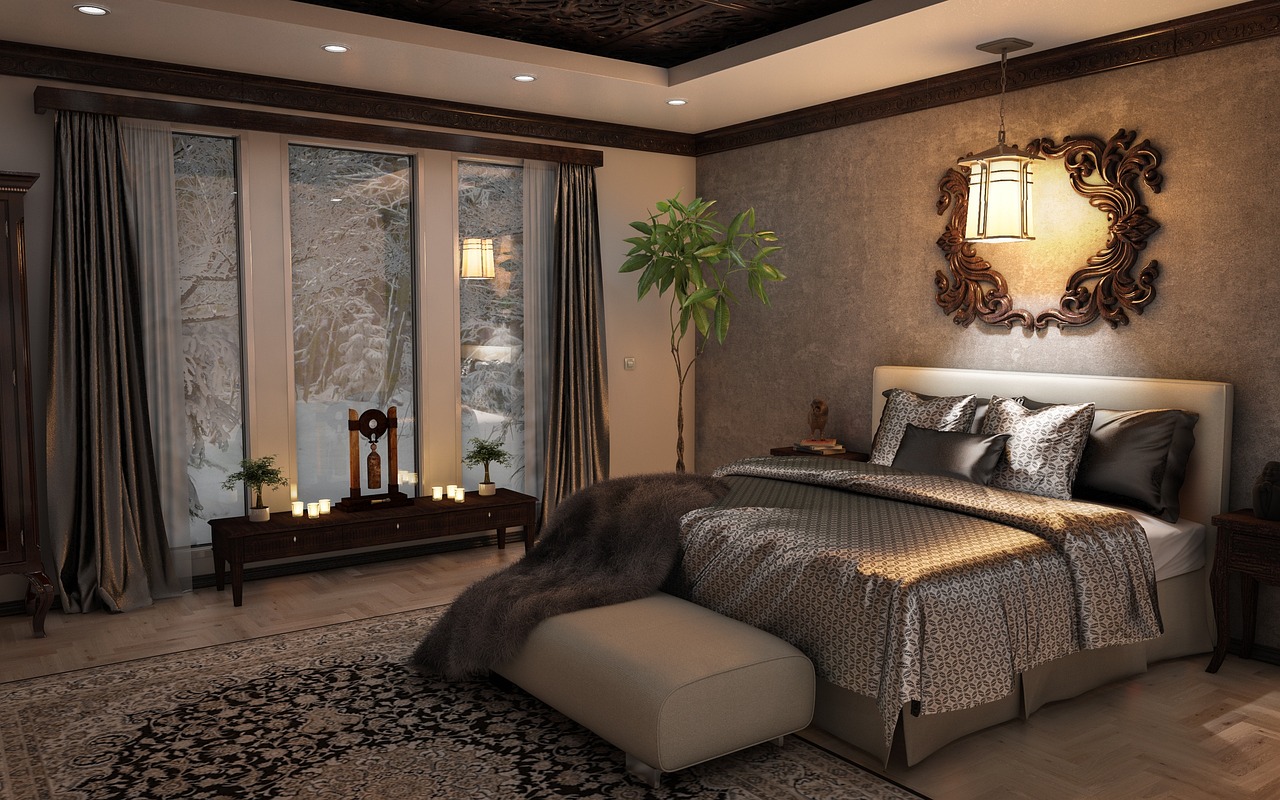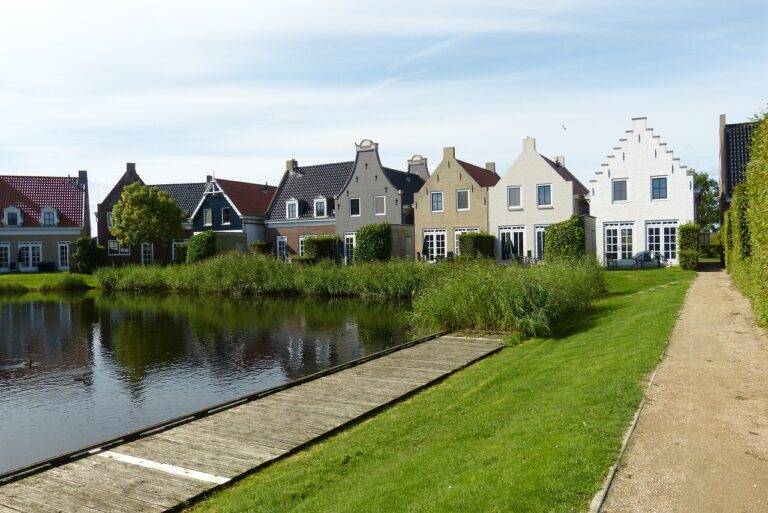The Impact of Biophilic Design on Home Interiors
Biophilic design is a concept that centers around the integration of nature and natural elements into man-made spaces. This design approach aims to foster a strong connection between people and nature within the built environment. By incorporating elements such as natural light, indoor plants, water features, and organic materials, biophilic design seeks to create spaces that evoke the feeling of being in nature.
The main idea behind biophilic design is to improve the overall well-being of individuals by creating environments that mimic nature. Research has shown that exposure to nature, even in simulated forms, can have positive effects on mental health, cognitive function, and productivity. Whether it’s through the use of natural textures, patterns, or views of the outdoors, biophilic design has the power to enhance our connection to the natural world and promote a sense of calm and tranquility in our everyday lives.
Why Incorporating Nature into Home Interiors is Important
Incorporating nature into home interiors is important for creating a calming and rejuvenating environment. The presence of natural elements such as plants, wood, and natural light can help reduce stress and anxiety levels, promoting a sense of tranquility and well-being in the living space. By bringing elements of the outdoors inside, homeowners can establish a connection with the natural world, resulting in a more harmonious and peaceful living environment.
Additionally, incorporating nature into home interiors can enhance the aesthetic appeal of the space. Natural elements add texture, color, and visual interest to the décor, creating a warm and inviting atmosphere. Whether it’s through the use of greenery, natural materials, or nature-inspired artwork, integrating elements of nature into the design scheme can help create a more visually appealing and comfortable living space.
– Natural elements such as plants and wood can reduce stress and anxiety levels
– Bringing the outdoors inside establishes a connection with nature
– Enhances the aesthetic appeal of the space through texture, color, and visual interest
– Creates a warm and inviting atmosphere in the living space
Benefits of Biophilic Design on Wellbeing
Biophilic design, with its emphasis on bringing nature into living spaces, has shown remarkable benefits for overall wellbeing. Studies have indicated that incorporating natural elements such as plants, natural light, and views of nature can lead to reduced stress levels and improved mood among occupants. The presence of greenery indoors has been linked to lower blood pressure, heart rate, and cortisol levels, promoting a sense of calm and relaxation.
Furthermore, biophilic design has been found to enhance cognitive function and productivity. Spaces designed with biophilic principles have been shown to improve focus, creativity, and problem-solving skills. By fostering a connection with nature within our built environments, biophilic design has the potential to create healthier and more stimulating spaces for individuals to thrive in.
What is biophilic design?
Biophilic design is a concept that seeks to incorporate elements of nature into the built environment, such as natural light, plants, and organic materials, in order to create spaces that promote health and wellbeing.
Why is it important to incorporate nature into home interiors?
Incorporating nature into home interiors has been shown to have numerous benefits for mental and physical wellbeing. It can reduce stress, improve mood, increase productivity, and promote relaxation.
What are some of the benefits of biophilic design on wellbeing?
Some of the benefits of biophilic design on wellbeing include improved air quality, reduced stress levels, increased productivity, and a greater sense of connection to the natural world.







